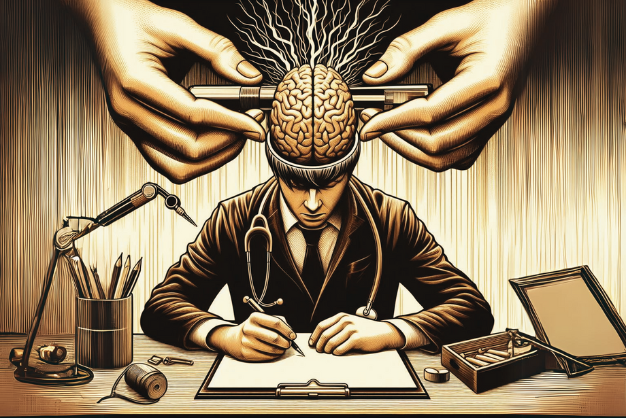Last week’s newsletter kicked off The Art of Practical Storytelling series, starting with the first rule → we are more persuasive when we prioritize stories over dry facts.
There are two reasons for this.
First, when we lead with facts, we appeal to the audience’s rational mind, which has its own facts and figures. Both sets of data go mano-a-mano, and we all know whose facts win.
Second, even if you manage to convince the audience without engaging their hearts, you are not guaranteed full and engaged action.
To truly drive engagement, we need to combine facts with emotions, i.e. we need to tell a story.
Last week, this Barbie ad was doing the rounds of LinkedIn. This is a good example of making facts unboring by combining them with emotions that cute kids elicit within us.
Today, we talk about the power of emotion to change people’s minds
A big chunk of our storytelling aims to change people’s minds.
Every conversation is an attempt to change minds and behaviours —give us a raise, buy our product, hire us, okay our budget, give us a discount, warm up to us, put away the toys, or hit the books.
What if I said that emotional stories can literally change people’s minds by stirring a cocktail of chemicals in our brains?
- Dopamine, the feel-good chemical
- Cortisol, the attention chemical, and
- Oxytocin, the empathy chemical.
Good storytelling activates at least one, if not all three, in the audiences’ brains. Let’s see how.
“We learn best and change from hearing stories that strike a chord within us.”
– John Kotter
The dopamine, cortisol and oxytocin cocktail
Our brain gobbles up 100 times more energy than a typical smartphone daily – that’s 20% of our body’s energy daily [Source]. So, it’s wired to conserve energy by coasting on autopilot. I have written about the working of our brain here, here and here.
All familiar stuff automatically slides onto a conveyor belt and pops out the other end as a fully formed action without our conscious brain even noticing.
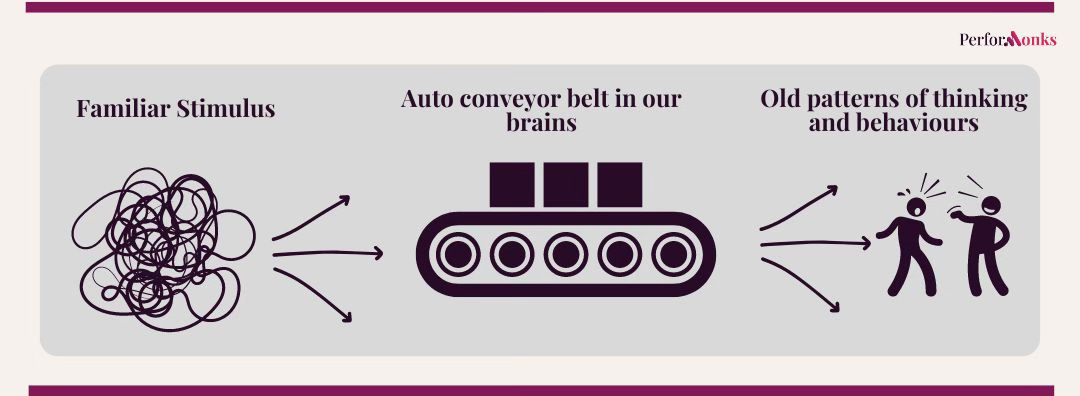
But the conveyor belt halts in three situations –
- One is when it has to navigate something new and unfamiliar – Cortisol.
- Two, when it feels a sense of surprise or achievement – Dopamine.
- Three, when it senses an emotion and wants to engage with it – Oxytocin.
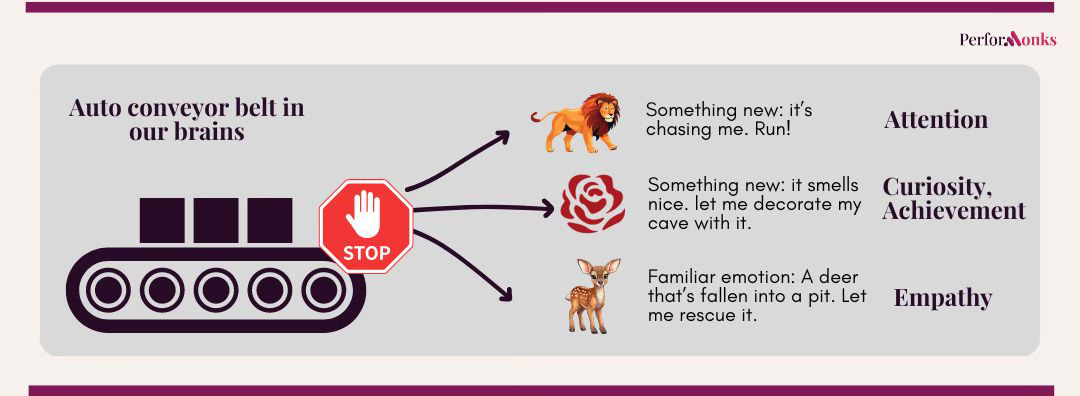
Let’s take a quick look at all three.
Cortisol
Remember the first time on a bike? Balancing, pedalling, steering – all at once? You were tense and on high alert- ready to respond to every quirk of the bicycle.
You were on high alert because your brain was releasing cortisol – the stress hormone.
Anything new, surprising, or even tension-filled heightens our cortisol levels. We notice, remember, and process information more. That’s the state we need our audience in—at attention, ready to receive our story.
Dopamine
When you ride for hours while taking in the fresh air and the scenery, you get a high, a sense of achievement, that’s dopamine.
Good stories are surprising or present a small puzzle that the audience can solve to get a rush of dopamine from the feeling of a job well done.
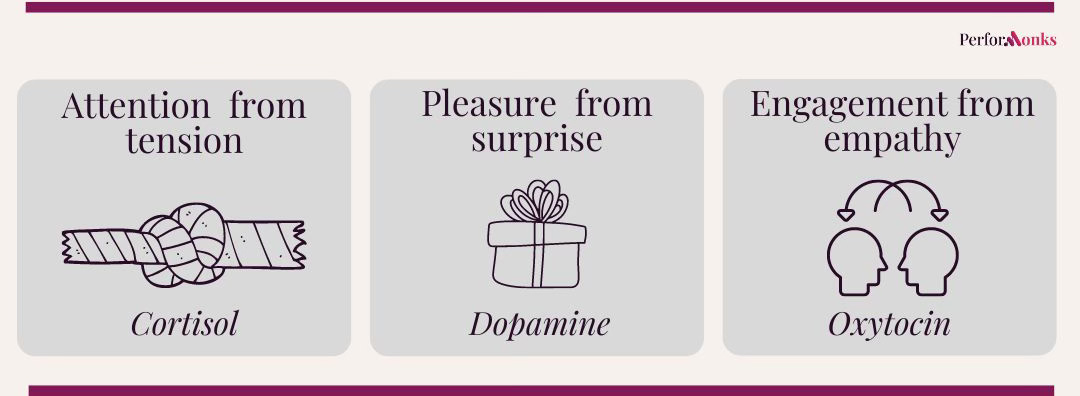
Oxytocin
Every time you see a fellow biker stranded on the side of the road and stop to help them out, you feel empathy—a burst of Oxytocin surges through your body.
When we tell our story, we want to establish a connection and build a relationship. We want our audience to like us and give us what we want.
Good stories activate this chemical cocktail.
Let’s look at some examples.
- The power of suggestion. This is a powerful technique that makes the audience feel they are a character in your annual plan. It evokes empathy and, hopefully, buy-in.
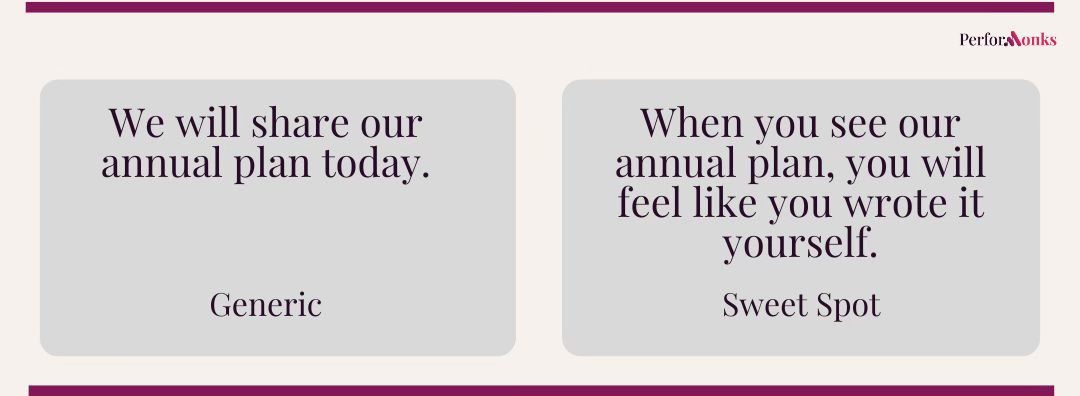
- Emotion blended with fact to create guilt. This works in cold countries that crave spring, and when they see this sign in front of a beggar, they give some money out of guilt. [Source: Instagram Reel :-)]
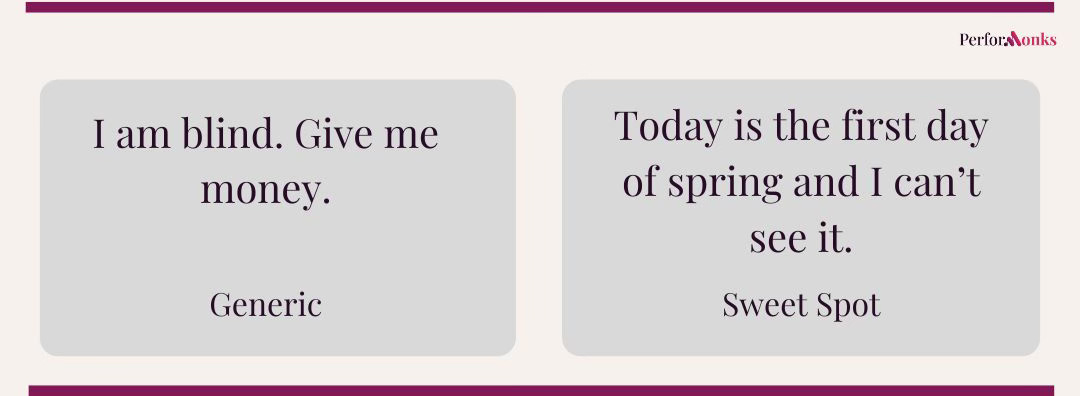
- Use metaphors to make your promise come alive. The message starts with a credibility statement that’s also surprising. Our brain goes on high alert and says tell me more.
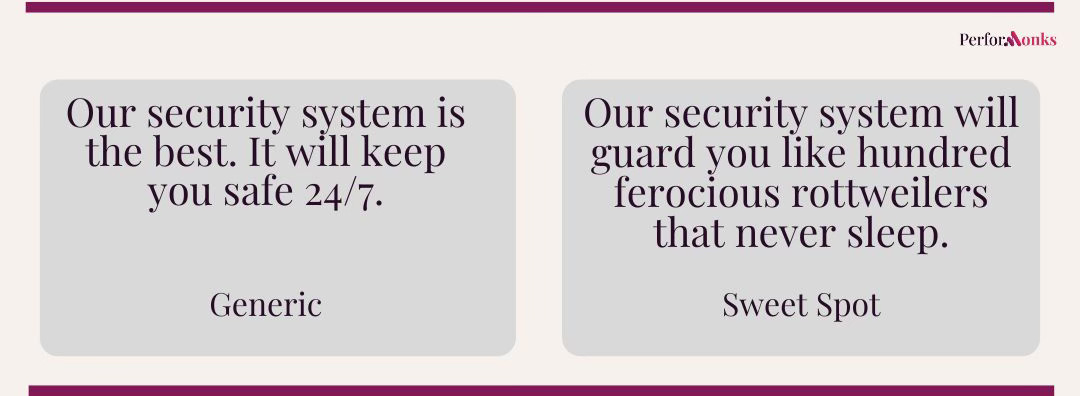
- Spotify has tons of data, which they wrap up in irreverence and humour. Again, the number itself does not matter. We latch onto the emotion behind playing the same song many times – we’ve all been there at some point. That’s why it resonates.
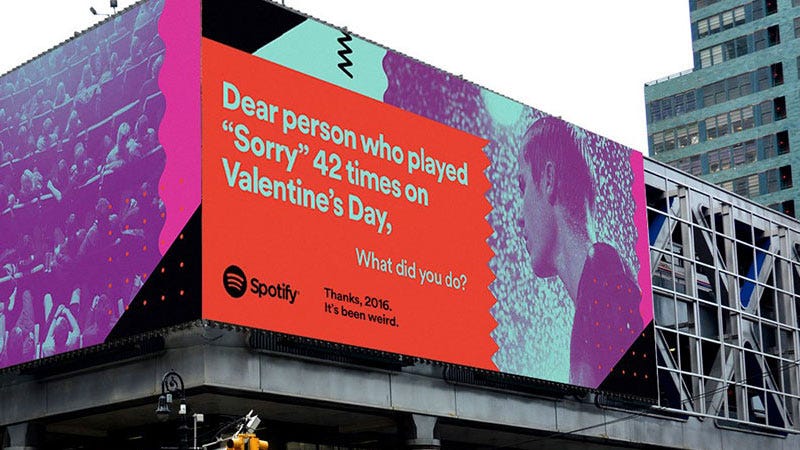
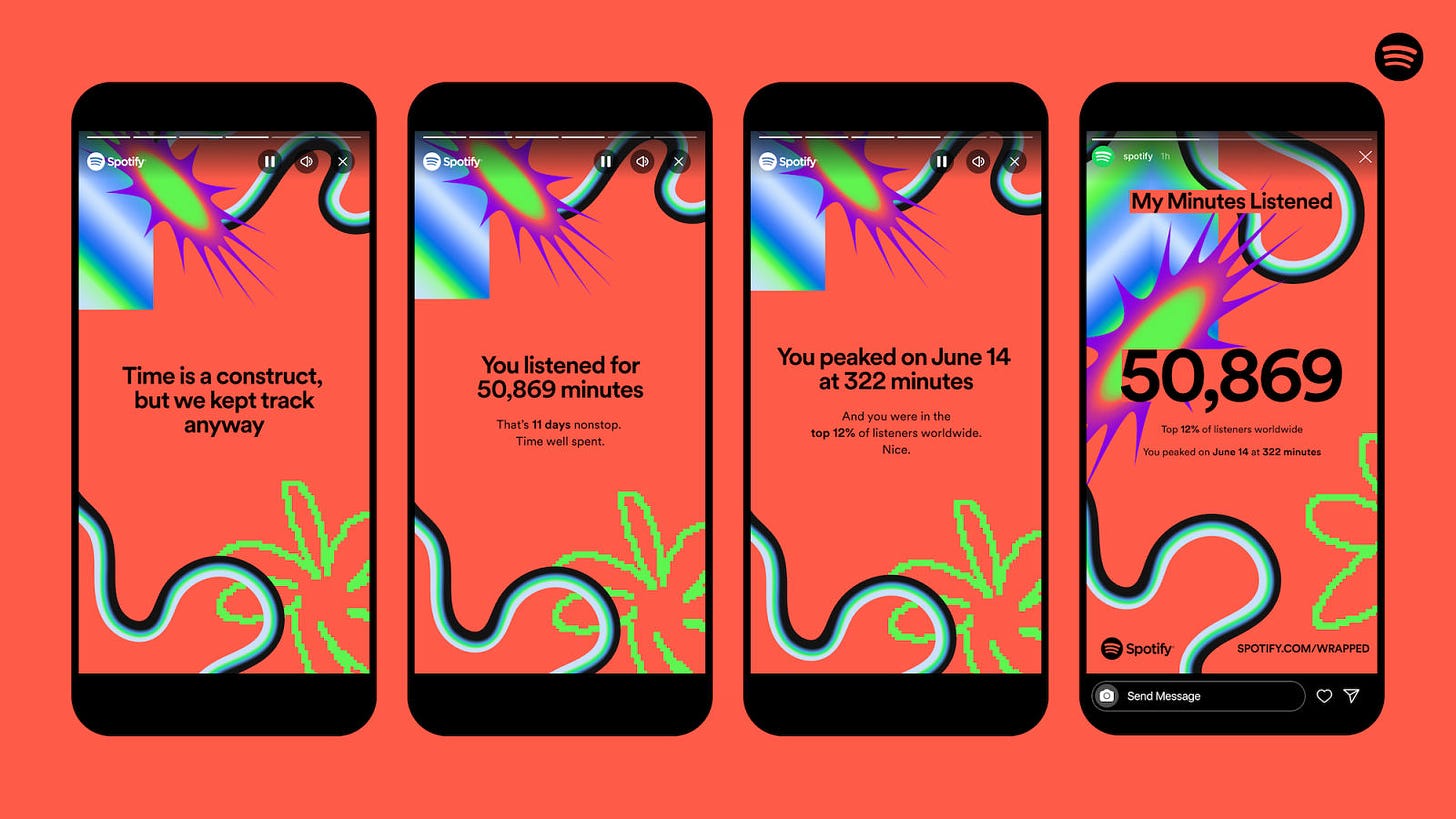
To conclude,
- If our story is generic, full of overused ideas and cliches, it slips away like a ship at night. If our story is too tense or difficult to understand, it pushes the audience into fight-or-flight mode. The sweet spot breaks us out of auto mode and evokes attention and engagement.
- There are a billion and one ways to craft stories that change people’s minds. We learn to deliver the sweet spot through trial and error, observation and experiences. And this takes time.
- The first step is to become aware of the underpinnings of the human brain.
- The second is to learn (copy) from others!
- A rule of thumb I use is dialling into how I feel when I hear a story. If I am engaged, chances are that my audience will be too.
- Lastly, tension is not a bad thing. A big part of a marketer’s job is to find hidden tensions in consumers’ lives and solve them through our products. That’s why we are taught that the best consumer insights sit at a point of tension—“I feel my skin has a sixth sense because it gifts me the biggest pimple the day I have a big event or party.”
Next week, we will look at some hacks that activate the chemical cocktail. These hacks are universal plots that storytellers, writers and great orators have been using since time started.
Thanks for reading!
